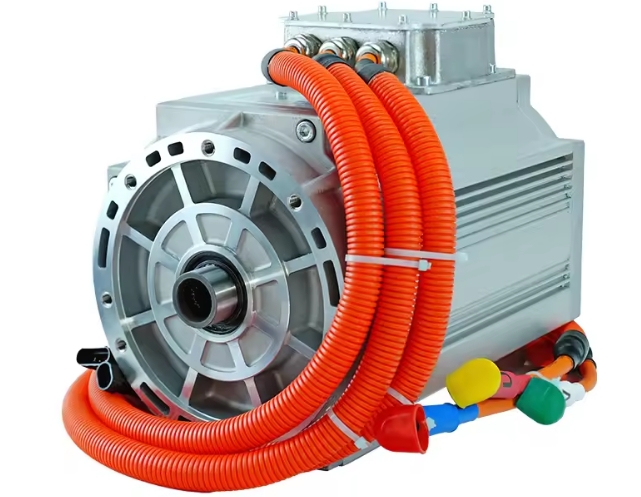Motor users are more concerned about the application effects of motors, while motor manufacturers and repairers are more concerned about the entire process of motor production and repair. Only by handling every link well can the overall performance level of the motor be guaranteed to meet the requirements.
Among them, the matching relationship between the stator core and the rotor core is an important part of quality control. Under normal circumstances, after the motor is assembled and even during the motor operation, the stator core and the rotor core of the motor should be completely aligned in the axial direction.
It is an ideal state that the stator and rotor cores are identical and ensure that they are completely aligned when the motor is running. In the actual production or repair process, there will always be some uncertain factors that cause the two to be misaligned, such as the stator core or rotor core positioning size not meeting the requirements, the core having a horseshoe phenomenon, the core bouncing off, the core stacking being loose, etc. Any problem with the stator or rotor core will cause the motor’s effective iron length or iron weight to not meet the requirements.
On the one hand, this problem can be discovered through strict process inspections. Another link, which is also a very critical link, is to screen each unit one by one through the no-load test in the inspection test, that is, to discover the problem through the change in the size of the no-load current. Once it is found during the test that the no-load current of the motor exceeds the assessment range, necessary item inspections must be carried out, such as the outer diameter of the rotor, whether the stator and rotor are aligned, etc.
When checking whether the stator and rotor of the motor are aligned, the method of fixing one end and disassembling the other end is generally adopted, that is, keeping the end cover and the base of one end of the motor in a normal tightening state, opening the other end of the motor, and checking whether there is a misalignment problem between the stator and the rotor core of the motor. Then further check the cause of the misalignment, such as checking whether the iron length of the stator and the rotor is consistent, and whether the positioning size of the core is correct.
This type of problem mostly occurs during the manufacturing process of motors with the same center height and number of poles but different power levels. Some motors may be equipped with a rotor with a longer than normal core, which is difficult to detect during the inspection and test process. However, when the motor is equipped with a shorter than normal core, the problem can be discovered during the inspection and test.
Post time: Jul-10-2024
